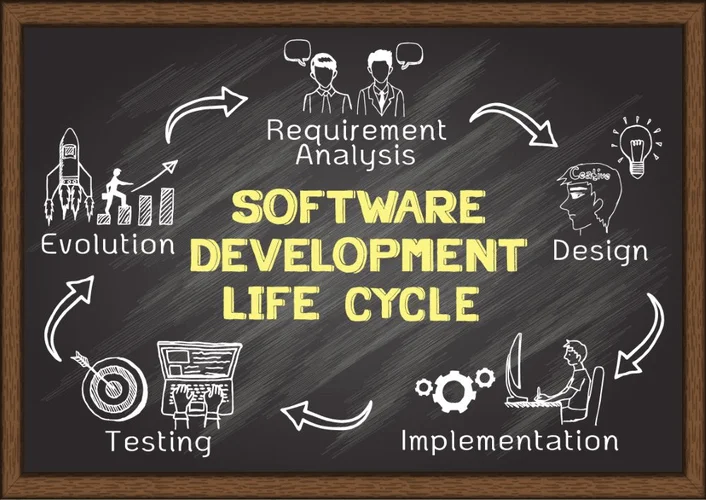If you need to validate individual components earlier than integrating them, unit testing could be the focus. On the other hand, in case your goal is to evaluate how different https://turbotax-support.us/2023/10/12/the-essential-laws-of-explained-14/ parts of your software work collectively in real-world eventualities, integration or end-to-end testing might be more applicable. Careful consideration of those factors will help you decide the best testing strategy in your specific needs. The main distinction between unit testing and integration testing is that in unit testing, individual modules are tested. In integration testing, these modules are combined and examined as a single unit to verify the performance of the overall software.
Steps Of Bottom-up Integration Testing
Equally, the bottom-up method is difficult however extra efficient than the top-down strategy. Here, we now have concluded that the execution of top-down and bottom-up approaches is required to test the software program or the appliance. Integration testing may be accomplished manually or with automated instruments, depending on the specifics of your project and testing wants.
Backside Up Integration – Flow Diagram

For this, we need solely two issues – know the module dependencies and the steps to maneuver ahead. If any bugs had been in the integrated software and required disintegrating the modules to develop and take a look at again, it might end in plenty of time consumption. However, if the requirement is to test main defects in the built-in system first, the tester may not face any issues. In the top down integration testing strategy, we first test the info data, then the data records integrated with Profile Page, after which all three.
Integration Testing Entry And Exit Standards
It simulates real-world consumer situations and aims to verify the seamless performance of the entire system. End-to-end testing of the whole system covers all interconnected elements and subsystems, in addition to exterior dependencies like databases, APIs, and person interfaces. End-to-end testing is about checking whether the application behaves correctly and delivers the anticipated ends in completely different usage eventualities. The most fitted testing strategy depends on the distinctive requirements and goals of your project. Factors such because the complexity of your software program, available resources, budget constraints, and the desired level of testing coverage all play a role in figuring out the proper approach.
- While performing exams for integration, it examines how the complete software program program serves as a unit, just as it’ll when people use it.
- Testing begins with the lower-level modules, and as these modules are validated, higher-level components are built-in and tested.
- The program is divided into more parts, known as modules or models.
- In any software development methodology, there are entry and exit standards for the mixing testing phase.
Integration Testing Vs End-to-end Testing

The rationale for this strategy is that the entire system can solely work reliably if these primary building blocks work reliably. The Big Bang integration testing process just isn’t carried out until all components have been efficiently unit tested. Businesses can make the most of integration testing to build dependable software program options that meet the ends of their customers.


In prime down integration testing, you start from the central module that the tip person would use after integrating it with other small modules. But to test this module as an independent entity, we have to have the response from the module it interacts with (the sub-modules), or else we could not have the flexibility to establish the right behavior. Stubs are temporary replacements for modules and produce the same output as the precise merchandise. In addition to the main module serving as a check driver, stubs are substituted for all parts immediately underneath the main management.
The Katalon Platform is a powerful All-in-One platform to help QA teams plan and design test instances in 1 place with out having to make use of any further tools. Katalon also supports a variety of software varieties, including API Testing and UI Testing to cover your whole needs. A “bottom-up” strategy is basically going from the more specific and granular parts to more basic and comprehensive components. Helps to determine bugs related to how models work together with each other.
Automated testing is often preferred as a result of it’s more efficient and less prone to have human errors. Testing additionally builds confidence in the software program by assuring stakeholders that it’s going to perform as meant in real-world situations. There are several integration testing best practices you presumably can comply with or implement earlier than your testing has began.
Modern software program design approaches often mix top–down and bottom–up approaches. Top–down design was promoted in the Seventies by IBM researchers Harlan Mills and Niklaus Wirth. Mills developed structured programming ideas for sensible use and tested them in a 1969 project to automate the New York Times morgue index.
In apply they are often seen as a mode of thinking, teaching, or leadership. Example – For Unit Testing of ‘Sales Order Printing’ program, a ‘Driver’ program will have the code which is in a position to create Sales Order records using hardcoded data after which call ‘Sales Order Printing’ program. Suppose this printing program uses another unit which calculates Sales discounts by some advanced calculations. Then call to this unit might be replaced by a ‘Stub’, which is ready to merely return repair discount data.

As a end result, understanding the differences between them is critical. In this section, we are going to discuss the distinction between top-down and bottom-up integration testing; and see a brief introduction of them. Integration testing is about making sure everything matches collectively smoothly and all of the elements work together as an entire, whereas also making sure the applying retains working as expected. When changes occur, locators and artifacts are already grouped collectively to make updates easily. Typically conducted after unit exams and before end-to-end checks as part of integration pipelines.

In this tutorial, we’ve made a comparison between top-down and bottom-up incremental integration testing. This article will explore the variations between end-to-end and integration testing, so as to have a clearer perspective if you finish up formulating your testing strategy. The top-down strategy is as it sounds, testing the top-most parts and transferring all the way down to the lowest components. This makes fault locating simpler, and early detection of design flaws. There are several approaches to integration testing, every presenting its personal advantages and challenges.
